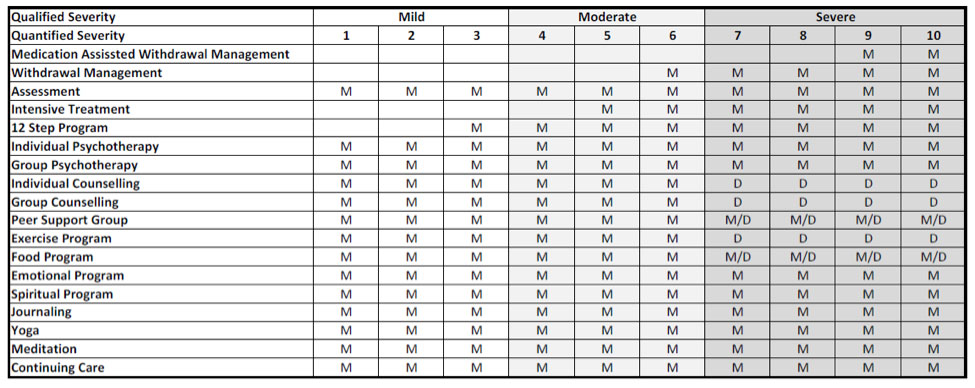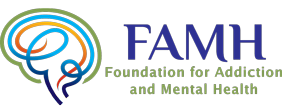Getting Started
Prevention
A genetic disposition is required for the manifestation of addiction and most other mental health conditions. Therefore prevention in the world of addiction and mental health is primarily about preventing;
- Progression
- Complications
- Overt manifestations
Without conscious recovery related activities the disease of addiction will get worse. The symptoms (the A, B, C, D & Es) will become more and more obvious, increasing the harm caused to oneself and others.
Complications of addiction include: mental health problems, anxiety, depression, behaviour problems that may be labelled personality disorders, abusive relationships, physical health conditions, problematic drug and alcohol use. Complications are like red herrings in the world of addiction and mental health. The tendency is to treat complications while ignoring the underlying cause. Treating the complication usually leads to alternate expressions of addiction leading to more mis-treatment (likely with pharmaceuticals) to treat more complications; meanwhile the disease of addiction continues to worsen and tighten its grip on the individual. The individual never finds relief from the treatment (usually psychiatric) nor the ease and comfort that a targeted addiction related recovery program offers.

Early Assessment
Early Assessment and good mental hygiene are the keys to prevention. A comprehensive assessment for addiction and mental health is essential to preventing and treating moderate and severe cases of addiction. The earlier in life the assessment is done, the better.
A diagnosis of attention deficit hyperactivity disorder (ADHD) is the most common early indication of addiction. The symptoms that are erroneously considered ADHD are actually early signs of addition. Other early signs of addiction in order of dysfunction include: oppositional defiant disorder, conduct disorder and anti-social personality disorder. These are not necessarily addiction, but can be addiction and point to the risk of addiction prior to the more commonly known symptoms of excessive behaviours and problematic, impulsive and/or compulsive consumption.
A comprehensive assessment for addiction and mental health is a 3-4 part comprehensive evaluation used to identify the bio-psycho-social-emotional-spiritual dysfunction. This would included nursing, psychological, social and physician assessment that covers all domains. Current physical health conditions, family health history, significant interpersonal relationships, mental health symptoms (mood, depression, anxiety, substance use, social support, self-harm) and a connection to the transcendent or higher power are evaluated. At the end of the comprehensive evaluation a holistic (bio-psycho-social-emotional-spiritual) treatment and recovery program will be outlined, specific to the individual’s needs.
In the absence of a comprehensive assessment for addiction and mental health, a good mental hygiene program it is possible to prevent the progression, symptoms and complications associated with mild addiction. An individual will be well served by a comprehensive assessment to help focus regular recovery related activities ensuring optimum living.
Treatment and Long Term Recovery
FAMH has taken the findings from leading edge scientific and clinical research to develop a treatment and long term recovery program. 15 recovery specific activities are presented in the matrix below. Depending on the severity of addiction and the results of the comprehensive assessment the required treatment program may require at least five (5) years disciplined daily, weekly and monthly activities. Moderate cases of addiction typically require three (3) years. With mild cases stabilized in recovery, a year maybe sufficient. The program begins with an intense education regarding the disease of Addiction and why specific recovery related activities (listed below) are required in complete combination to bring about the changes required for sustained long term recovery.
This initial intense phase typically take 1 to 3 months. The learnings and activities initiated during the intense first phase are periodically reinforced throughout the first 2 years of the program, helping individuals build a strong foundation. The next 3 years is the beginning of the Continuing Care environment. It is designed to help individuals fit life into recovery. Having direct guidance over the previous 2 years to build a solid foundation, individuals are now encouraged to figure out what recovery related activities they need to maintain and at what level of frequency and intensity to ensure sustained long term recovery where a person truly benefits from eliminated or reduced symptoms of Addiction.

